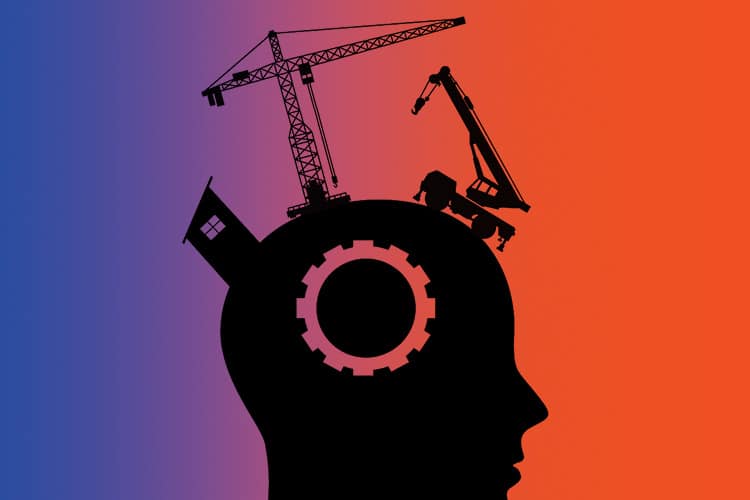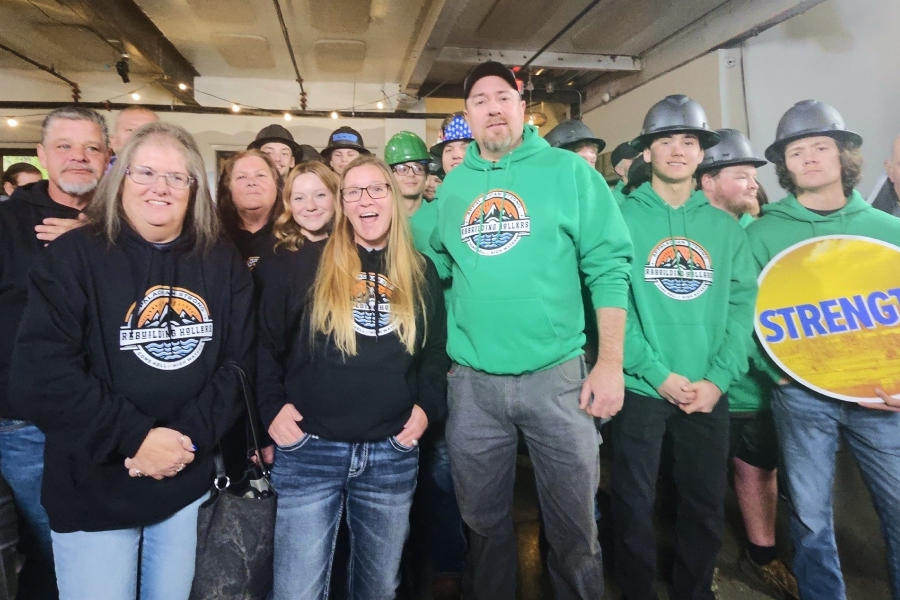Brianna Karelin’s two passions, psychology and construction, have arguably never been more relevant.
At a time when technology is rapidly transforming the construction industry, the prefabrication engineer at Helix Electric said that psychology will help companies tremendously in addressing what is perhaps the biggest challenge to come from technology’s continued evolution: the ability to cope with, manage and navigate change.
Above all, construction companies’ ability to address their employees’ mentality around change will play a big part in defining the industry’s future.
“I think the one thing to realize is that the change is not fixed,” Karelin said. “Just because we’ve made an improvement does not mean that this improvement is what’s going to be in place for the next 30 years.”
In college at the University of Cincinnati, Karelin took classes like “Conflicts in the Workplace,” “Interpersonal Relationships” and “Positive Psychology.” “I found that they really helped me look at the workforce and how I work and how others work together,” Karelin said. “It gave me a fresh perspective on how to approach communication in the workplace.”
Combining psychological research with an engineering degree helped Karelin enter the workplace with an understanding of the most effective ways to get her ideas across to her peers and bosses. Even at the beginning of her career, Karelin quickly discovered how her understanding of psychology could influence how she communicated.
“When coming into this position, I was super excited to come in and make changes,” Karelin said. “But I kind of forgot that people don’t like change.”
Tips for managing change
How can construction companies faced with the changes brought by technology effect change within their organizations?
It starts with shifting expectations. “One of the biggest factors in why we do anything is social norms,” Karelin said. “Because of this, it’s always difficult to be the first person to make the jump. You have to create a new social norm for the industry in order to do so.”
Equally difficult, Karelin said, is determining the best way for construction industry workers to communicate in a workplace that is increasingly diverse with people of different generations and backgrounds. “This old mentality of yelling and screaming is not going to always be as effective as it once was,” Karelin said. “When tensions are running high, how can we still maintain and articulate our point of frustration or urgency without being dismissed?”
To do that, Karelin said construction industry leaders need to effectively communicate the logical processes behind their decision-making with clients and employees alike by intentionally building opportunities for communication and consensus building at every level of the planning process. Karelin equates this method to Stephen Covey’s “Four Quadrant” approach to time management.
“It can be something as simple as having a meeting or giving clients a status update of where [a project] is at,” Karelin said. “Being transparent and communicative gives team members a sense of control.”
Shifting people’s mentality
This is especially important when changing vital aspects of how a project is run using new technologies or processes. Transparency and communication help build connections, Karelin said, which in turn help ease the difficulty of transition. “Building up that trust helps people understand the change and then, eventually, we can cut those ties,” Karelin said.
Ultimately, Karelin said that an openness about change needs to start on a corporate level—something she’s encountered first-hand working in the emerging sector of prefabricated construction.
“It is a top-down mentality,” Karelin said of the sector. “The top has to truly believe that prefab, for example, is the future of our industry. That it is necessary for us to perform quality work and it is a part of what we need to do.”
And it’s not until that shift occurs in the highest levels of construction companies that expectations on the ground will change. “I’m never going to change someone’s perspective,” Karelin said. “But if I create a culture of change or help with the culture of change, [people] are going to want to buy into that culture.”











